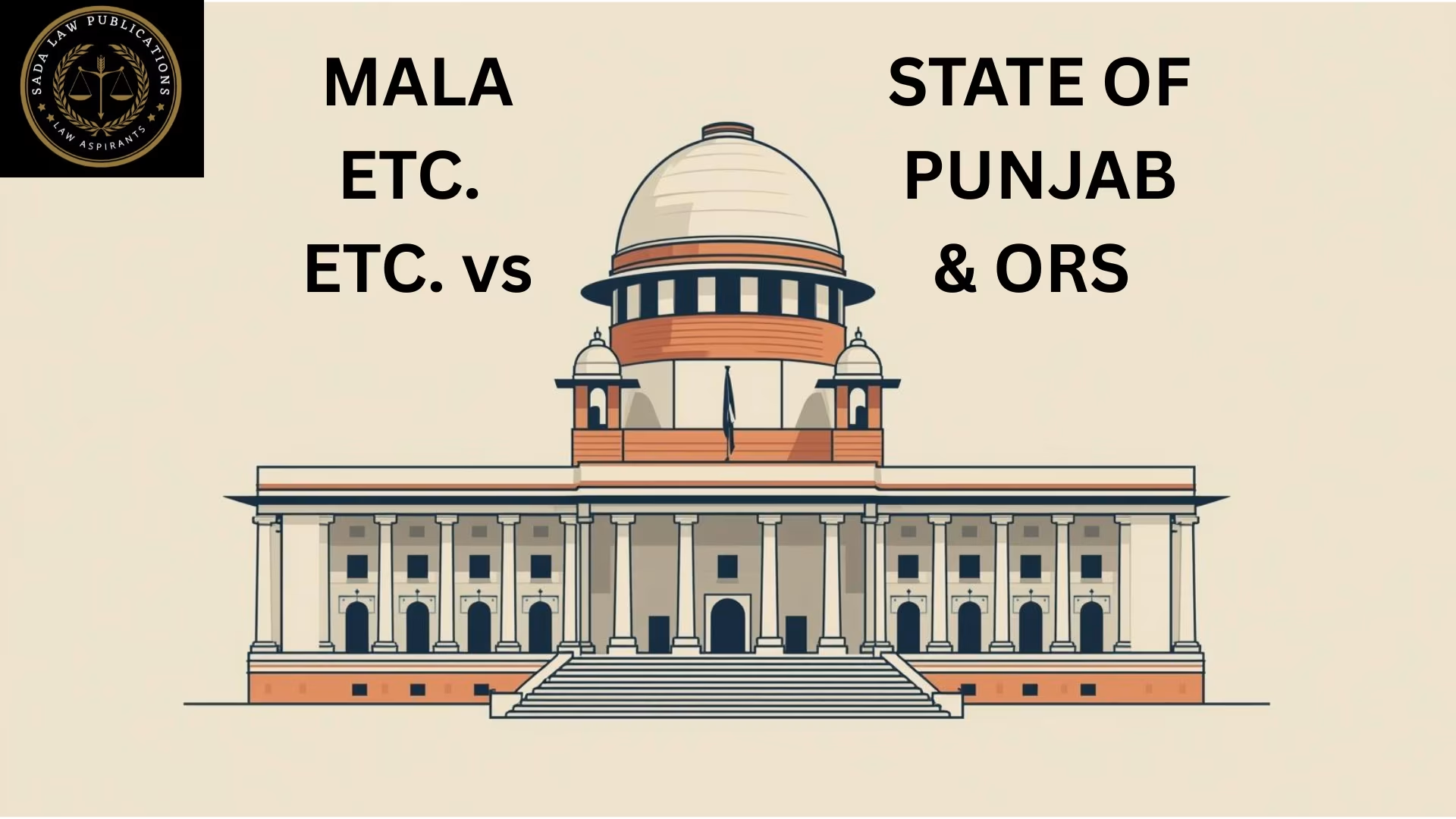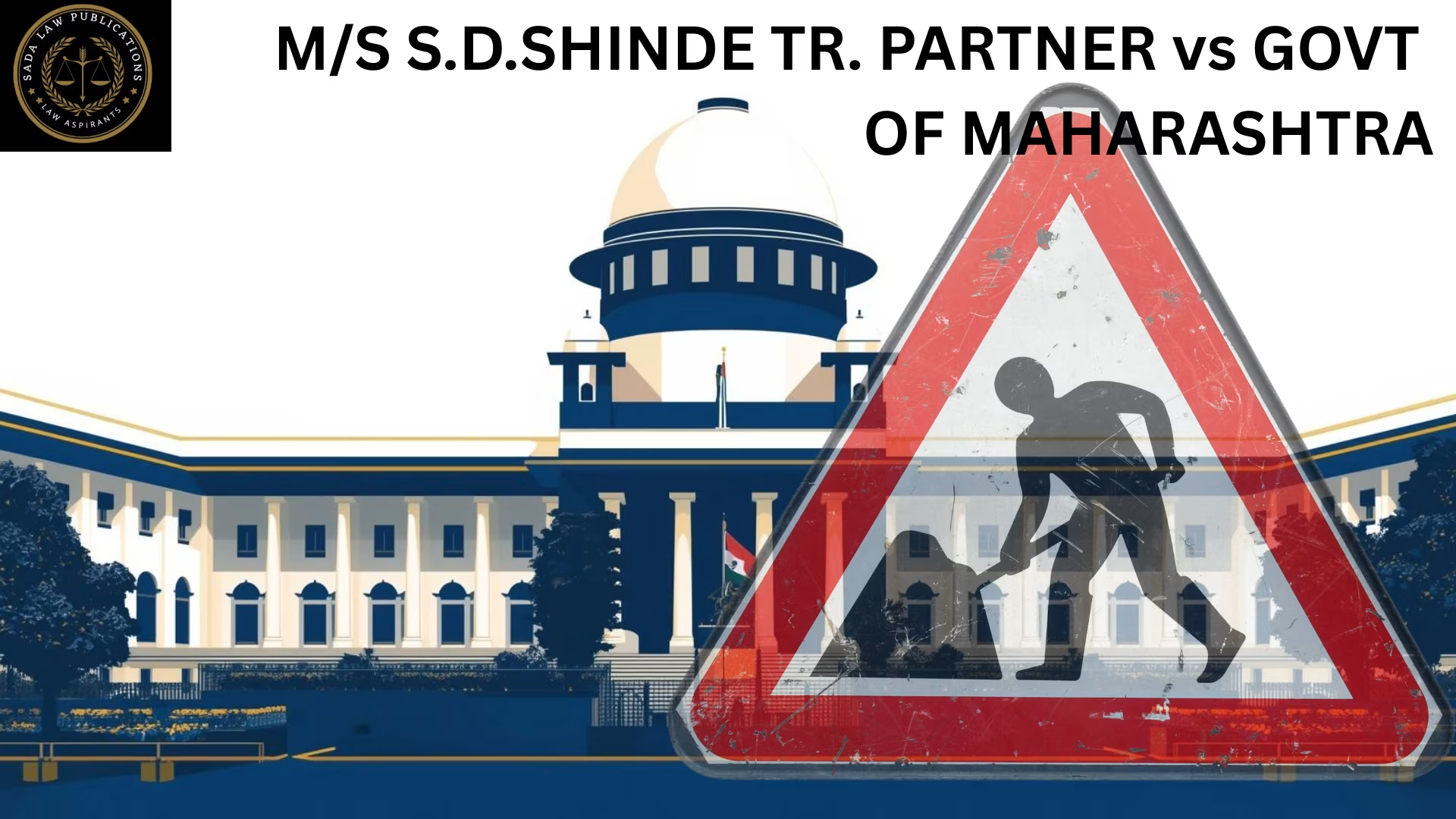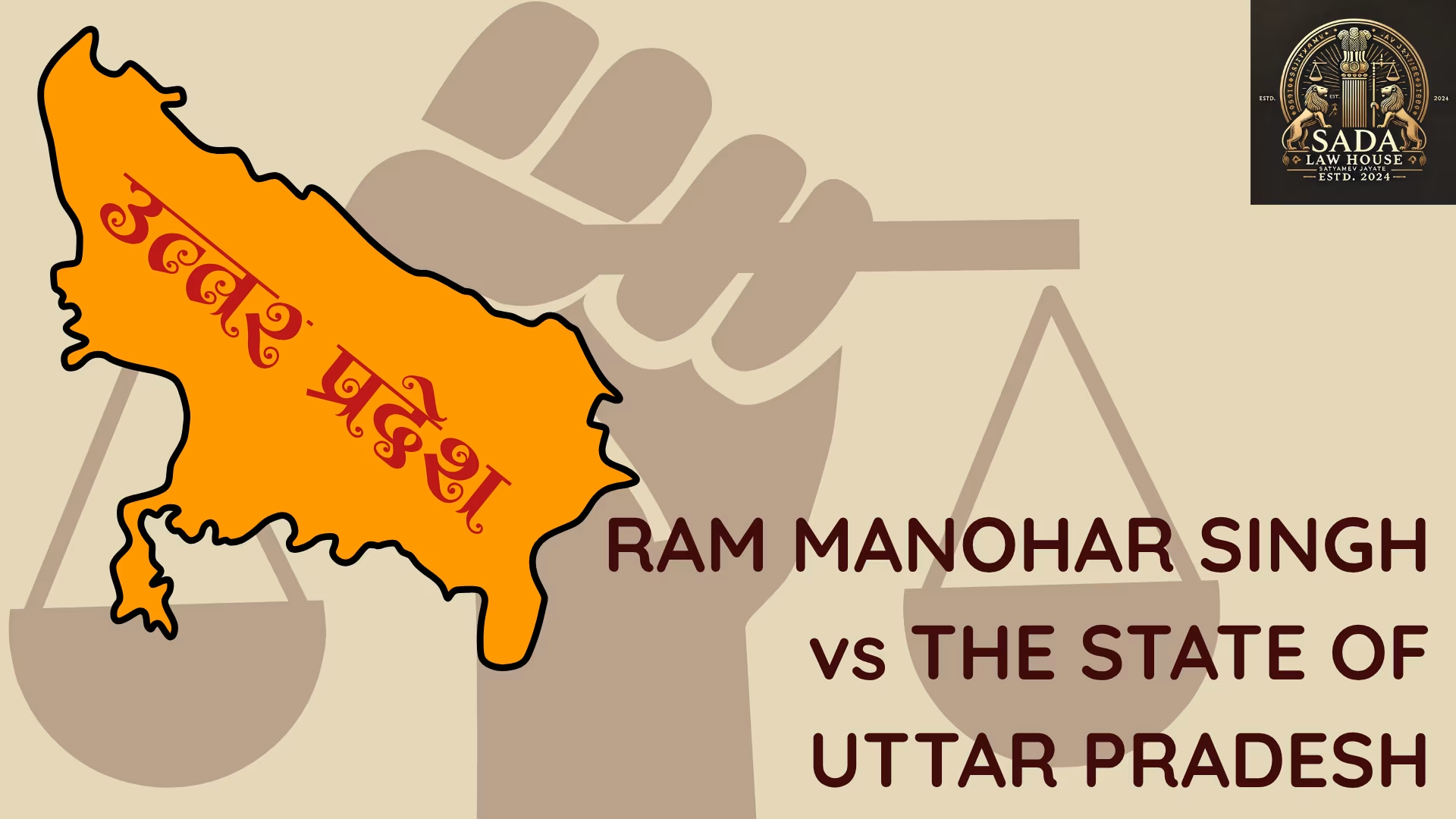The Supreme Court’s 2023 judgment in Union of India v. Sanjiv Chaturvedi raises key questions on High Court jurisdiction over CAT orders. Learn how this case impacts service law, administrative justice, and whistleblower protection in India.
Landmark Case: Union of India v. Sanjiv Chaturvedi (2023)
On March 3, 2023, the Supreme Court of India delivered a significant judgment in Union of India v. Sanjiv Chaturvedi & Ors., addressing a critical legal question:
Can a High Court entertain a writ petition against an order of the Central Administrative Tribunal (CAT) when the tribunal is located outside the court’s territorial jurisdiction?
The Supreme Court refrained from issuing a conclusive verdict and instead referred the matter to a larger constitutional bench, recognizing its wide-reaching implications on service law, jurisdictional clarity, and judicial review in administrative matters.
Case Background: Who Is Sanjiv Chaturvedi?
Sanjiv Chaturvedi is a 2002-batch Indian Forest Service (IFS) officer, well-known for his whistleblowing role in exposing corruption during his tenure. His efforts earned public attention, but also resulted in transfers and disciplinary actions, sparking a complex legal battle over inter-cadre deputation from Haryana to Uttarakhand.
While the Uttarakhand Government supported his transfer, the Government of India opposed it, leading Chaturvedi to file a petition before the Central Administrative Tribunal.
Legal Issue: Territorial Jurisdiction of High Courts Over CAT Orders
The primary legal question was:
Does a High Court have jurisdiction to review an order passed by the CAT Principal Bench in New Delhi if the cause of action occurred in another state?
This issue arose after the Uttarakhand High Court overturned the CAT’s decision to transfer Chaturvedi’s original application to Delhi. The Union Government challenged this in the Supreme Court, arguing that only the Delhi High Court had jurisdiction over CAT orders issued by its Principal Bench.
Union of India’s Argument
The Union of India asserted that:
Only the Delhi High Court had territorial jurisdiction since the CAT Principal Bench passed the order in New Delhi.
Chaturvedi’s posting in Uttarakhand was irrelevant to jurisdiction.
Allowing multiple High Courts to review CAT orders could lead to conflicting rulings and forum shopping.
Sanjiv Chaturvedi’s Argument
Chaturvedi countered that:
The cause of action arose entirely in Uttarakhand, including the administrative decisions he challenged.
Under Article 226 of the Indian Constitution, any High Court can exercise jurisdiction if any part of the cause of action arises within its territory.
Forcing all such reviews to Delhi would undermine access to justice and overburden the Delhi High Court.
Supreme Court’s Judgment: Referred to Larger Bench
Rather than resolving the jurisdictional issue, the Supreme Court—led by Justice M.R. Shah and Justice B.V. Nagarathna—recognized its constitutional importance and referred it to a larger bench for an authoritative interpretation.
The Court acknowledged that service-related cases often involve officers posted across the country, and inconsistency in jurisdictional rules would disrupt the uniformity of administrative justice.
Key Legal Implications
This case touches on broader themes critical to Indian jurisprudence:
Judicial review of tribunal decisions under Article 226
Inter-cadre deputation rules for IFS and other All India Services officers
Whistleblower protection in the Indian civil service
Territorial jurisdiction and High Court powers in administrative law
Conclusion: Awaiting Clarity on CAT Jurisdiction
The Supreme Court’s approach in Union of India v. Sanjiv Chaturvedi underscores the need for a uniform legal standard on the territorial jurisdiction of High Courts over CAT orders. Until the larger constitutional bench delivers a final ruling, civil servants and legal professionals must navigate this gray area with caution.
This case not only affects Sanjiv Chaturvedi but sets the stage for far-reaching implications across service law, judicial review, and the protection of honest public servants in India.







